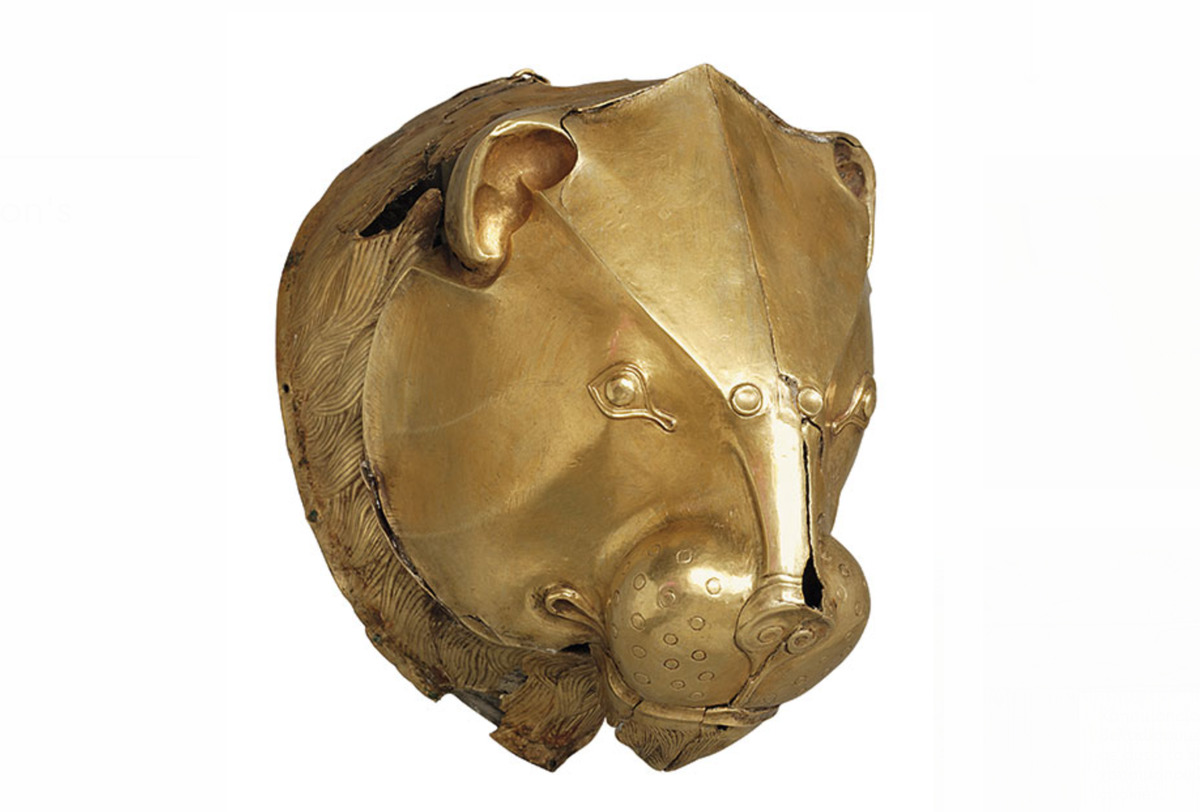Ancient Artefact of the Day: The Mycenaean Lion Rhyton
A stunning example of Bronze Age gold-working from Grave IV, Grave Circle A at Mycenae, in this hammered gold rhyton. #AAOTD #Mycenaean
Image: Athens National Museum (NM 273)
A stunning example of Bronze Age gold-working from Grave IV, Grave Circle A at Mycenae, in this hammered gold rhyton. #AAOTD #Mycenaean
Image: Athens National Museum (NM 273)
The lion has been one of the most studied - and most problematic - artistic and decorative elements in the art of the Aegean Bronze Age. This striking example, dating to ca. 1550-1500 BC, is just part of a complex corpus that speaks of artistic interconnections.
Lion motifs have been found in numerous Aegean artistic contexts, including the burial deposits of Mycenae, where another excellent example is the Three Lion Dagger, also from Grave IV at Grave Circle A.
Image: Athens National Museum (NM 395)
Image: Athens National Museum (NM 395)
But equally, the discovery of lion-elements on the ships on the Miniature Frescoes of the West House at Akrotiri has also caused a re-evaluation of the motif and its symbolism.
Typically terms such as power, status, hierarchy, and & #39;ritual& #39; have dominated analysis of the lion as an Aegean artistic motif, but the interconnectedness of the Aegean in the Bronze Age, with the accompanying artistic koiné, necessarily complicates the issue.
For a superb study of the lion in Aegean art, see:
Thomas, Nancy R. “The Early Mycenaean Lion up to Date.” Hesperia Supplements, vol. 33, 2004, pp. 161–206.
http://www.jstor.org/stable/1354068
https://www.jstor.org/stable/13... href="https://twtext.com//hashtag/AAOTD"> #AAOTD #Mycenaean
Thomas, Nancy R. “The Early Mycenaean Lion up to Date.” Hesperia Supplements, vol. 33, 2004, pp. 161–206.
http://www.jstor.org/stable/1354068

 Read on Twitter
Read on Twitter




